4.8 Google Rating
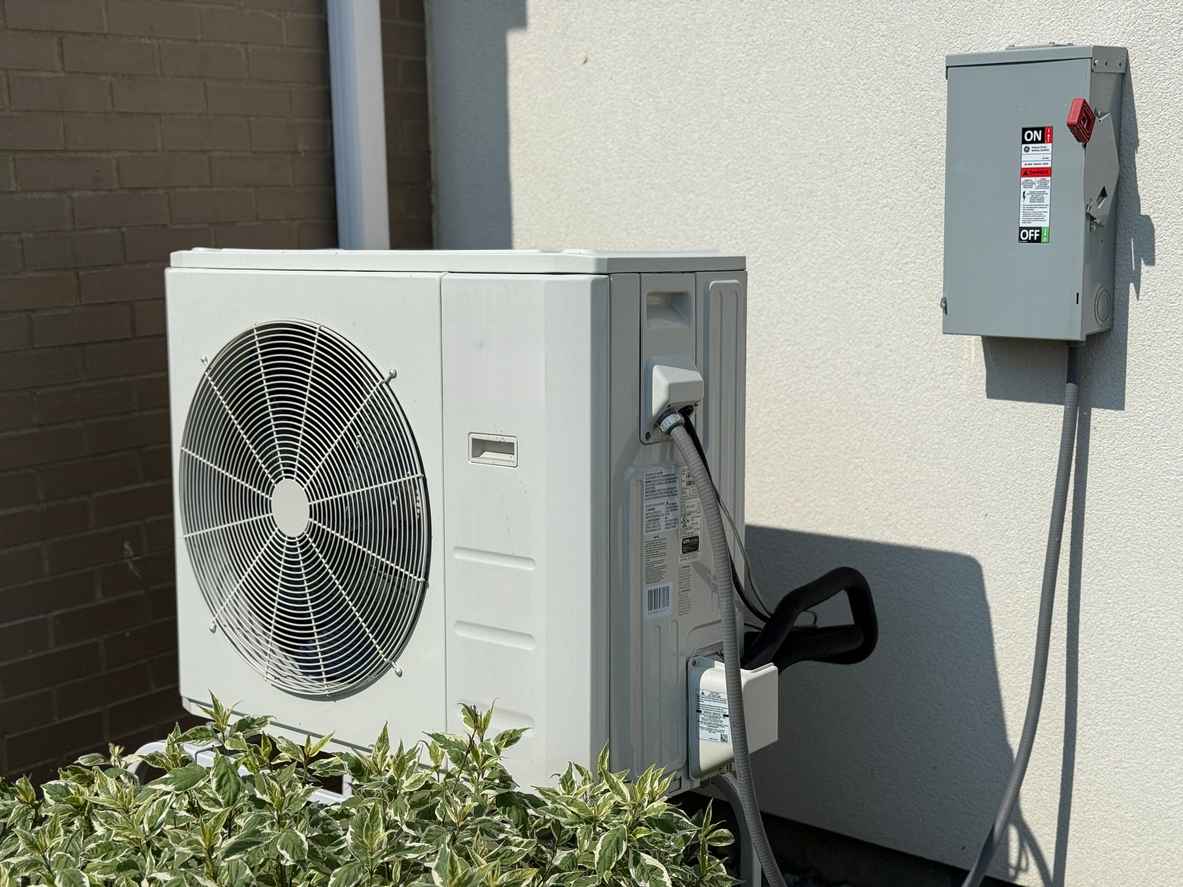
Why Texas Homeowners Are Upgrading to Heat Pumps in 2026: Efficiency & Tax Credit Insights
Across Texas, more homeowners are looking for ways to lower energy bills, improve indoor comfort, and reduce reliance on older, less efficient HVAC systems. As temperatures and energy costs continue to fluctuate, interest in heat pumps has surged. Modern heat pump technology is designed to perform exceptionally well in warm climates like Texas, providing efficient cooling during long summers and reliable heating during mild winters.
The year 2026 is expected to bring even more momentum to heat pump adoption. Federal incentives created through recent energy legislation will offer significant tax credits and rebates, making it more affordable than ever to replace aging air conditioners and furnaces with high-efficiency heat pump systems. For many Texas homeowners, this combination of improved comfort, lower utility bills, and financial incentives creates a compelling reason to upgrade.
This blog explores why heat pumps are becoming one of the most popular HVAC choices in Texas, how they deliver energy savings, and what financial benefits homeowners can expect in 2026. With the right system and a qualified installer, a heat pump can transform your home’s comfort while helping you take advantage of valuable government incentives.
What Makes Modern Heat Pumps Ideal for Texas Homes
Texas homeowners need cooling systems that can handle long periods of intense heat while still keeping energy use under control. Modern heat pumps are specifically designed to meet the demands of warmer climates and have quickly become one of the most efficient options for year-round comfort.
Efficient Cooling for Long Texas Summers
Heat pumps operate by moving heat out of the home rather than generating cold air from scratch. This process uses far less electricity than traditional systems. In hot climates like Austin, heat pumps deliver consistent cooling while reducing strain on the electrical grid during high-demand months.
Reliable Heating for Mild Winters
Texas winters are generally mild, which makes heat pumps an excellent match for local climate conditions. Instead of burning fuel or relying on high-wattage electric resistance heat, heat pumps pull warmth from the outdoor air and deliver it indoors using very little energy. For most Texas households, this is more efficient and more affordable.
Inverter Technology Improves Comfort
Today’s heat pumps use inverter-driven compressors that adjust output based on current conditions. This allows the system to operate at lower speeds for longer periods, which improves efficiency, reduces temperature swings, and enhances indoor humidity control. Homeowners enjoy steadier comfort with less noise and fewer sudden energy spikes.
Better Humidity Control
High humidity is one of the biggest comfort challenges in Texas. Modern heat pumps excel at removing excess moisture from the air, making indoor spaces feel cooler without needing lower thermostat settings. Improved humidity control can reduce mold risk and enhance air quality.
Dual Functionality Reduces Equipment Needs
Heat pumps provide both heating and cooling in one system, eliminating the need for a separate furnace. This simplifies maintenance, reduces installation costs, and frees up space in the home.
Energy Efficiency Advantages
One of the biggest reasons Texas homeowners are turning to heat pumps is their impressive energy efficiency. Modern systems are engineered to use less electricity while delivering powerful cooling and dependable heating throughout the year. These benefits translate directly into lower energy bills and improved comfort.
Lower Electricity Use Compared to Older Air Conditioners
Traditional air conditioners require a significant amount of energy to keep up with long stretches of high heat. Heat pumps, however, move heat rather than creating cool air through energy-intensive processes. This makes them far more efficient during peak demand periods, helping homeowners save money during the hottest months.
Reduced Heating Costs in Mild Winters
In many Texas homes, heating is still provided by outdated electric resistance systems or older furnaces that waste energy. Heat pumps offer a more efficient solution by capturing heat from the outdoor air and bringing it indoors. Because the process requires less electricity, homeowners often see a noticeable drop in winter utility bills.
Improved Performance with Inverter Technology
Inverter heat pumps automatically adjust their speed to match your home’s cooling or heating needs. This prevents frequent cycling and reduces wasted energy. Continuous, low-speed operation is more efficient and provides more consistent comfort.
Higher SEER2 Ratings for Better Savings
Many of the new heat pumps available for 2026 offer high SEER2 ratings, which reflect superior cooling efficiency. Systems with higher SEER2 ratings use less energy to maintain the same comfort level, lowering monthly bills and helping Texas homeowners stay within desired energy usage limits.
Lower Overall Carbon Footprint
Because heat pumps operate without burning fuel and rely on electricity more efficiently, they produce fewer greenhouse gas emissions. This makes them a cleaner choice for households that want to reduce their environmental impact.
Federal Tax Credits and Incentives Available in 2026
Financial incentives are one of the biggest reasons heat pumps are becoming the preferred choice for Texas homeowners. Thanks to recent federal legislation, 2026 will bring some of the most generous tax credits and rebate opportunities ever offered for energy-efficient HVAC upgrades. These incentives make upgrading to a high-performance heat pump significantly more affordable.
Savings Through the Inflation Reduction Act
The Inflation Reduction Act (IRA) includes expanded tax credits for qualified energy-efficient home improvements. Heat pumps are one of the top qualifying upgrades, offering substantial savings to homeowners who install high-efficiency systems that meet federal requirements.
Up to 30 Percent Tax Credit for Qualified Heat Pumps
Homeowners can qualify for a federal tax credit worth up to 30 percent of the total installation cost, up to the program’s annual limit. This credit applies to eligible high-efficiency heat pumps installed in 2026 and can significantly reduce out-of-pocket expenses for new HVAC systems.
Income-Based Rebates for Even More Savings
In addition to tax credits, many Texas households may qualify for income-based rebates that reduce the cost of a heat pump at the time of installation. These rebates are designed to make energy-efficient technology accessible to more homeowners, especially those looking to replace outdated electric resistance heat or aging central AC systems.
Incentives for Heat Pump Water Heaters
Homeowners who are upgrading their HVAC systems may also benefit from rebates for heat pump water heaters. Pairing both upgrades can help maximize incentives while lowering total home energy use.
How to Claim These Credits
To claim federal tax credits, homeowners will need:
- Documentation from their HVAC contractor showing the system meets qualifying efficiency ratings
- A detailed invoice of equipment and labor
- IRS Form 5695 when filing taxes for the installation year
McCullough Heating & Air Conditioning can help homeowners understand which models qualify and ensure all documentation is provided.
Why 2026 Is a Smart Time to Upgrade
Tax credit levels may change in future years. Homeowners who upgrade in 2026 will benefit from incentives at their strongest, along with the latest high-efficiency heat pump technology.
Long-Term Savings and Environmental Benefits
Heat pumps do more than lower monthly energy bills. They also support long-term savings, create more consistent indoor comfort, and reduce environmental impact. For many Texas homeowners, these advantages are just as important as the financial incentives available in 2026.
Lower Utility Bills Year After Year
Because heat pumps move heat instead of generating it, they use far less electricity than older HVAC systems. Homeowners can expect noticeable savings during both summer cooling and winter heating. The efficiency gains accumulate year after year, making heat pumps a smart long-term investment.
Less Wear and Tear on Equipment
Modern inverter-driven heat pumps operate at variable speeds, which reduces short cycling and puts less strain on components. When your system runs more smoothly, it experiences fewer breakdowns and often lasts longer than traditional AC systems. This lowers repair costs and extends the life of your HVAC investment.
Cleaner Operation Without Combustion
Unlike gas furnaces, heat pumps do not burn fuel. This eliminates carbon monoxide risks and reduces greenhouse gas emissions. With Texas homeowners increasingly conscious of air quality and environmental impact, the clean operation of heat pumps has become a major selling point.
Better Indoor Humidity Control
Texas homes often struggle with humidity during both warm and transitional seasons. Heat pumps regulate moisture more effectively than many older HVAC systems. This leads to improved comfort, healthier indoor air, and reduced risk of mold growth.
Reduced Strain on the Texas Power Grid
High-efficiency heat pumps lower energy demand during hot summers, which helps support grid stability during peak usage. As more households adopt efficient systems, communities benefit from improved reliability and fewer grid stress events.
Signs It Is Time to Replace Your Current AC or Heating System
Many Texas homeowners begin considering a heat pump upgrade when their existing HVAC system starts showing signs of wear. Older air conditioners and furnaces become less efficient over time, leading to higher energy bills, frequent repairs, and reduced comfort. Knowing these warning signs can help you decide when a replacement is the smarter, more cost-effective choice.
Rising Utility Bills Without Explanation
If your energy bills keep increasing even though your usage has not changed, your current HVAC system may be losing efficiency. Aging compressors, worn blower motors, and outdated technology all force the system to work harder, especially in the intense Texas heat.
Frequent Repairs or Breakdowns
Multiple repairs within a short period often indicate that the system is nearing the end of its lifespan. Costs add up quickly, making a new high-efficiency heat pump a better long-term investment.
Uneven Cooling or Hot Spots in the Home
Older systems struggle to maintain consistent temperatures. Rooms may feel stuffy, humid, or noticeably warmer than others. Heat pumps with inverter technology provide more even cooling and maintain steadier indoor comfort.
A System More Than 10 to 12 Years Old
Most central air conditioners are built to last about 10 to 12 years. Once a system reaches this age, it is usually much less efficient than modern heat pumps. Replacing an older AC before a major failure prevents emergency breakdowns during peak summer heat.
Poor Humidity Control Indoors
If your home feels sticky even when the AC is running, your current system may not be removing enough moisture from the air. Modern heat pumps provide advanced humidity control, which is essential for comfort in Texas.
Unusual Noises or Short Cycling
Banging, rattling, or rapid on and off cycling often point to deeper mechanical problems. These issues reduce efficiency and can signal that the system is nearing the end of its useful life.
Make 2026 the Year You Upgrade to a High-Efficiency Heat Pump
Heat pumps have become one of the smartest HVAC upgrades for Texas homeowners, offering powerful cooling, efficient heating, lower monthly energy costs, and long-term environmental benefits. With new federal tax credits and rebate programs available in 2026, upgrading to a modern high-efficiency system has never been more affordable. These incentives, combined with improved performance and better indoor comfort, make heat pumps a practical and forward-thinking choice for homes across the state.
Planning your upgrade early ensures you receive the maximum financial benefit and avoid installation delays during the hot season. With expert guidance from McCullough Heating & Air Conditioning, you can choose the right qualifying heat pump, understand available incentives, and enjoy a smooth, professional installation that sets your home up for comfort and savings for years to come.
For personalized recommendations, eligibility guidance, and top-quality installation, contact McCullough Heating & Air Conditioning. Our team is ready to help you take advantage of 2026 incentives and upgrade to a more efficient, comfortable home.
Recent News
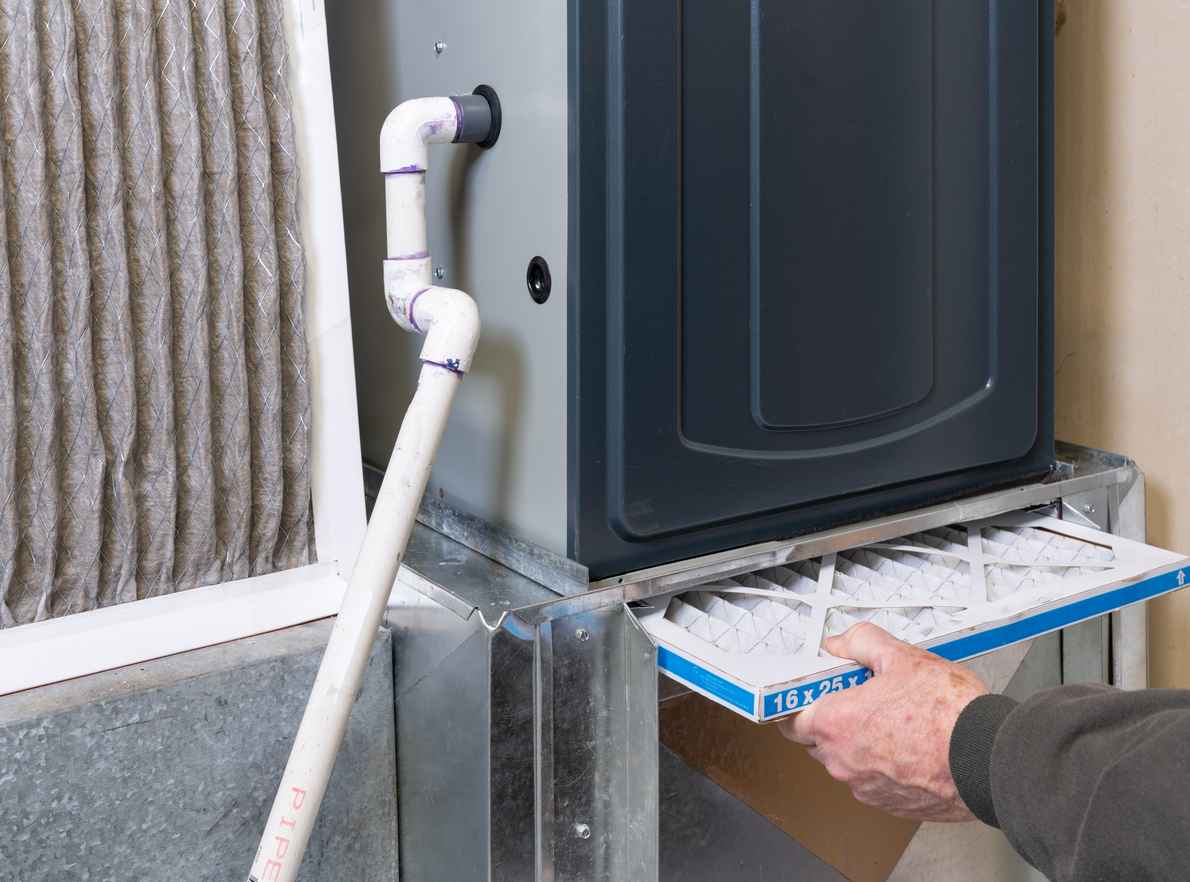
Is Your Furnace Ready for a Central Texas Winter? Austin Homeowners Should Check This First
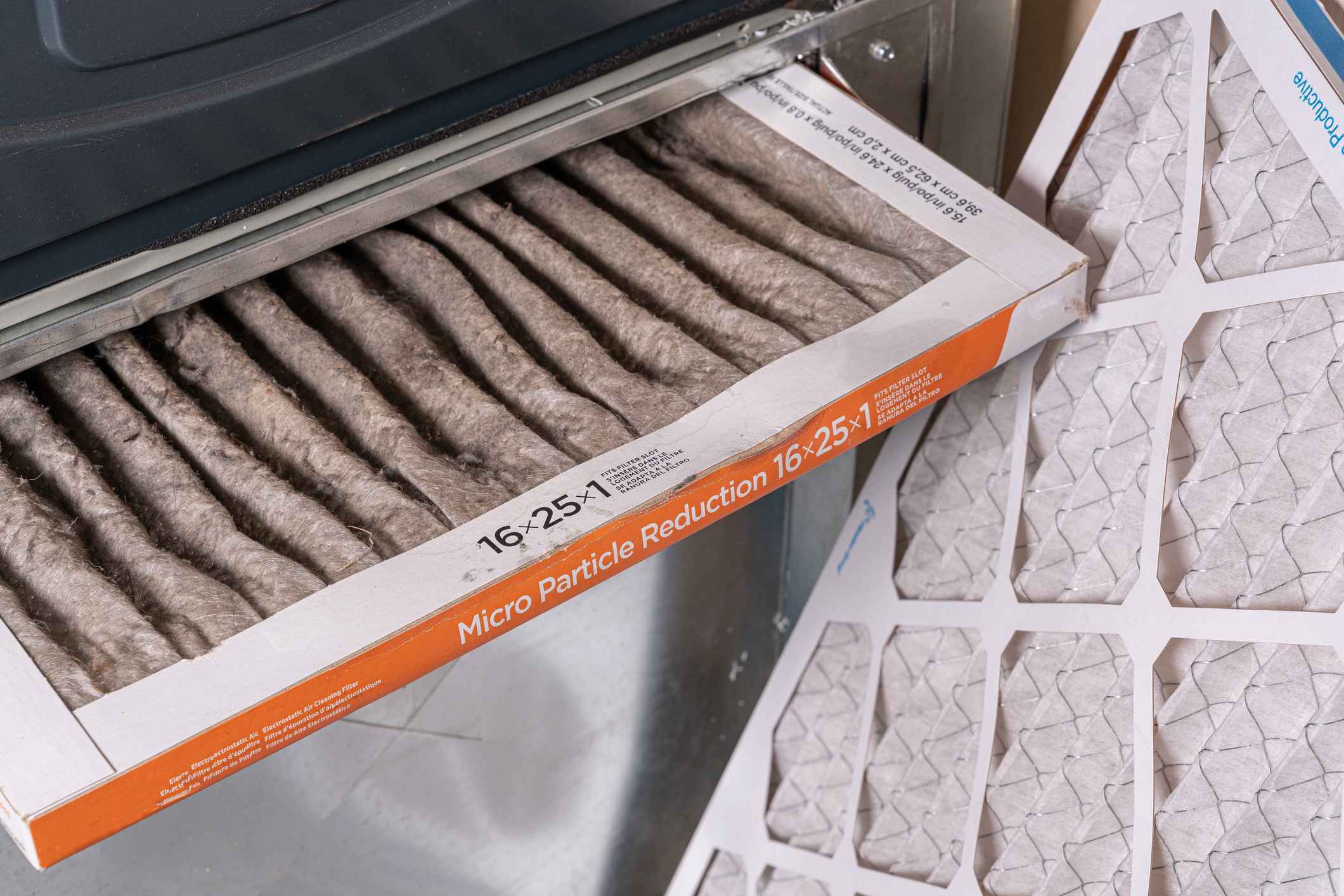
Don’t Get Spooked by Strange HVAC Noises This Halloween: Austin’s Guide to a Fright-Free, Cozy Home

Preparing Your Austin Home for the Switch from AC to Heat
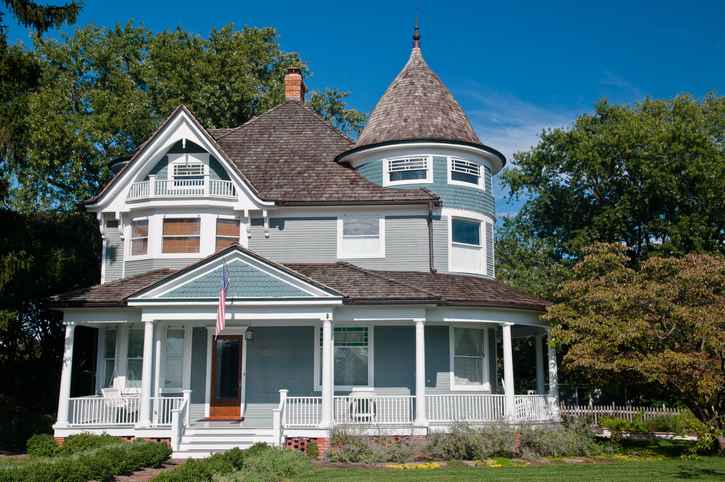
Why Austin’s Older Homes Need Special Attention When It Comes to HVAC Efficiency
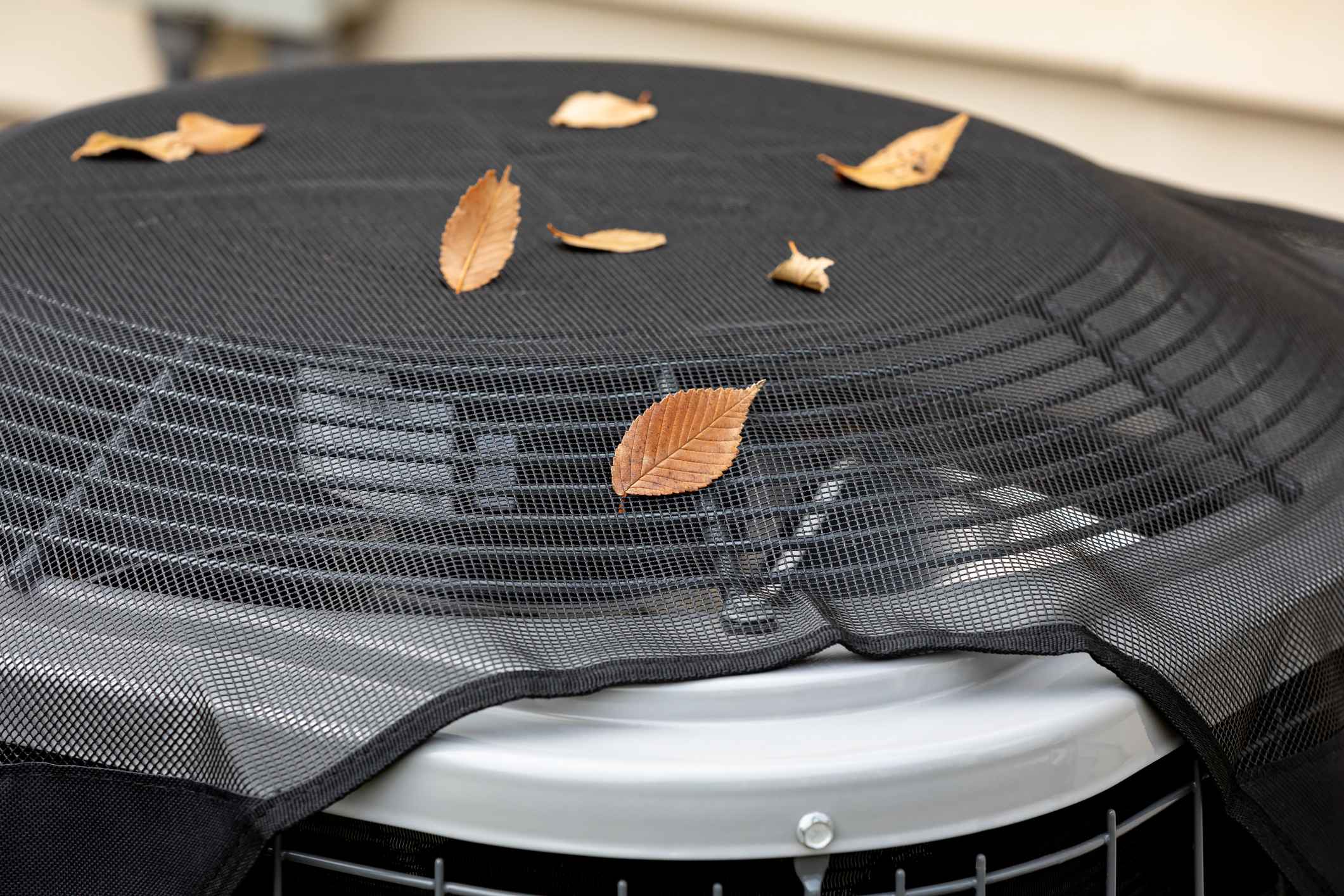
Staying Cool This Fall: HVAC Tips for Austin Homes During October Heat
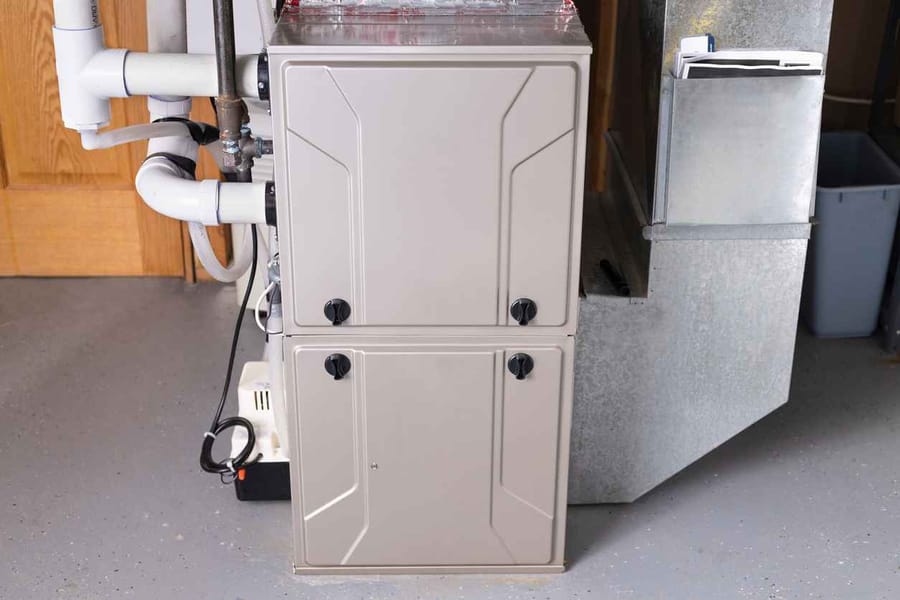
When to Consider a Heating Upgrade in Central Austin


